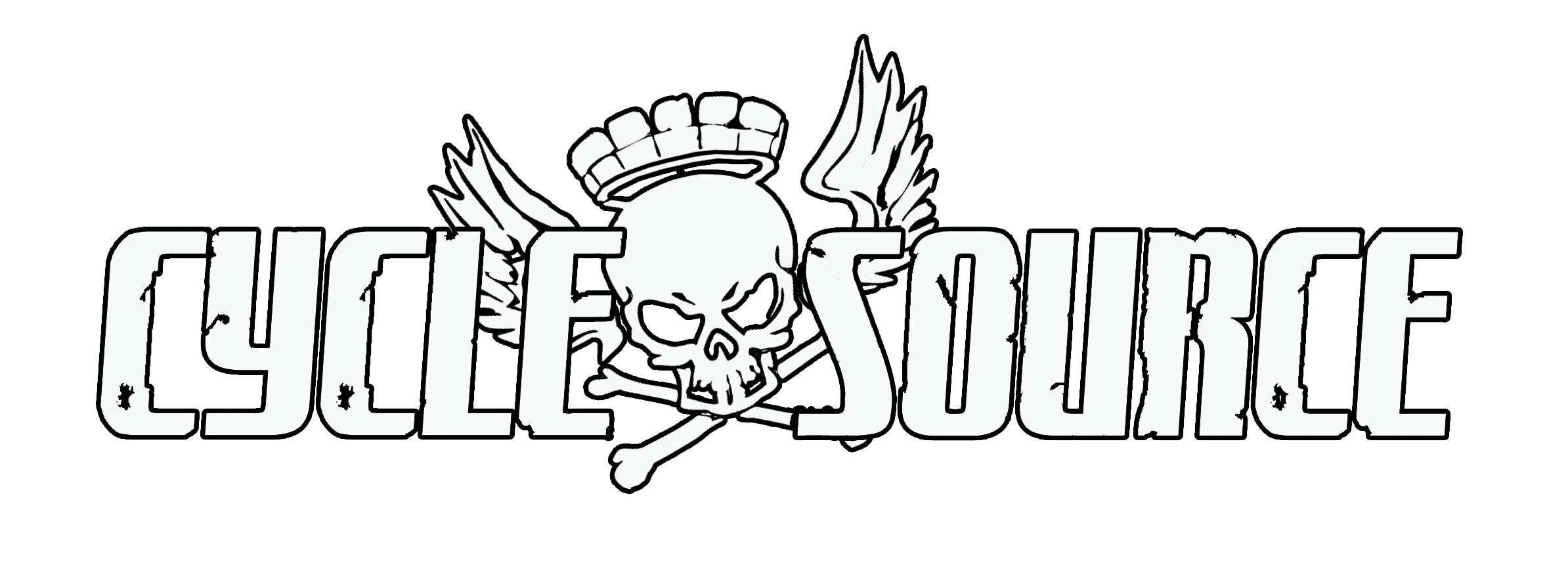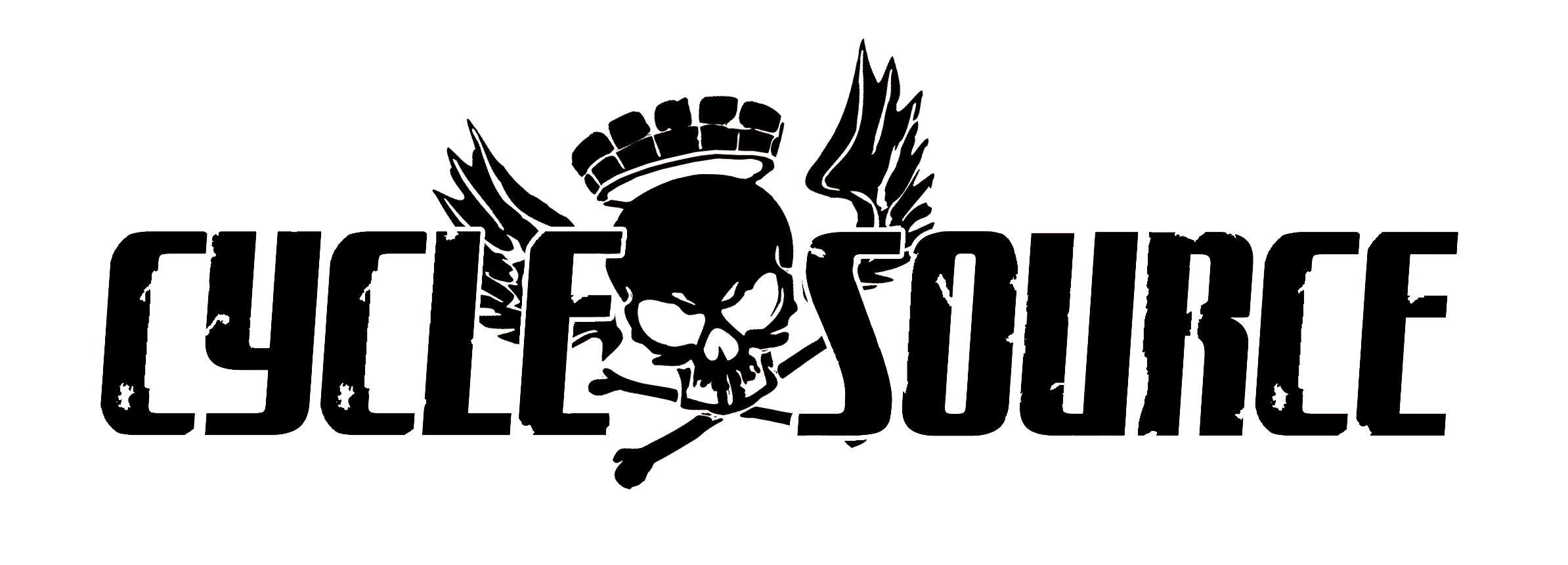Article By: Will Ramsey
Photos By: James Kemp
www.faithforgotten.com
Originally Published In The August September 2020 Issue Of Cycle Source Magazine
When I first started Faith Forgotten Choppers 11 years ago, I spent a great deal of time with Paul Wideman of Bare Knuckle Choppers. I would ride five hours to Hawk Point, Missouri, just to help him build a frame or watch him design new parts. Those years, and our friendship, were instrumental in my development as a craftsman. As life would have it, we spent years estranged from one another growing our businesses in our own ways. In the last year, we have reconnected and rekindled an old friendship that has always resulted in each of us pushing the other to excel both intellectually and physically in producing the highest quality products on the market. He is nothing short of a true brother to me. As the years have passed, both of our business models have evolved and changed in very different ways. Paul has rebranded his company as Bare Knuckle Performance and refocused his talent and efforts toward developing performance based parts for multiple platforms (recently focusing heavily on the early and late Dyna models). As we have both grown in business, the one common denominator for Paul and myself has always been a focus on high-quality American manufactured products. It has been extremely gratifying for me to be asked to manufacture some of Paul’s newest performance-based parts. In this tech article, I will walk you through the process of manufacturing a front axle for Bare Knuckle Performance.

Paul and I discussed material selection first. I have been using 630 Alloy Stainless steel on all FFC frame axles and FFC springer axles for years. Once we discussed and weighted the properties of tensile strength versus elasticity in relation to the impact and shearing forces imposed on an axle while riding, Paul quickly saw the advantages offered by one of my favorite materials.

The axle starts in the lathe where the material is machined to Paul’s design, holding a tolerance of .0005 over 11- 13,” depending on the model. Proper tool geometry and as well Feeds and speeds can result in an excellent finish on 630 Alloy. However, in the constant pursuit of improvement, we take things a bit farther than some.

Burnishing is a process used to qualify a surface through mechanical pressure rather than material removal. The tool I prefer is a radiused and polished diamond that is run across the material with an interference pass. The diamond essentially smooths and qualifies the surface by yielding the material back to itself. Imagine an old audio LP record. Now imagine folding all the grooves, where the needle rides, down until the record is glass smooth. This takes the axles from a 30-40 Ra surface finish down to a 8-12 Ra. This is significant for a bearing surface. However, the real benefit of the burnishing process is the surface hardness that is imparted to the 630 alloy. Certain materials can be hardened through heat treating or work hardening. Depending on the material used, a complete heat treat hardening of an axle may not always be the most desirable. In some materials, it can lead to decreased resistance to shear impact (i.e., brittleness). Burnishing, however, will increase the surface hardness of alloys such as 630 stainless steel allowing the bearing surface of the axle to be resistant to scratches and gouges without compromising the shear impact resistance of the entire axle.

After burnishing, we have a qualified surface with increased hardness that we can accurately verify our tolerance from.

The mill work on Paul’s axles is decorative by nature but extremely functional as well. Allowing for an exceptionally clean look, and the ability to service an axle on the road with a small wrench and screwdriver, rather than two bulky wrenches. And before any of you internet policemen scream foul. The hole design Paul uses was in fact inspired by the hidden hole used on FFC axles. We respectfully discussed this design together. He certainly took it to a different level anyway. Listen closely…. THERE IS A DIFFERENCE BETWEEN INSPIRED DESIGN AND COPYING!!! Some of you really need to read that twice.

Photo 6: The axles then go through a fourwheel polishing process to bring them to a chrome-like finish.
Photo 7: Finally, the axles are mated with a alloy nut, which allows proper torque specs without concern of galling (that’s a whole different tech article which id be happy to write if we receive the feedback and request from our readership….YOU).
And a stainless steel retaining clip for a functional look that is second to none. When you are shopping for those aftermarket upgrades, I encourage you to search beyond the “look” of the product. Yes, aesthetics are important, and yes, we customize our bikes for the cool factor as well as performance. But I’ve seen far too many companies selling 304 axles thinking that stainless steel is strong…. Ugh, again, this is a whole different tech, but please do your research and buy American made products manufactured from certified American materials, and designed by reputable companies who love and care more for the product themselves than the mighty bottom line. Be safe out there, guys. And reach out to me with ANY questions, comments, or concerns. -W























